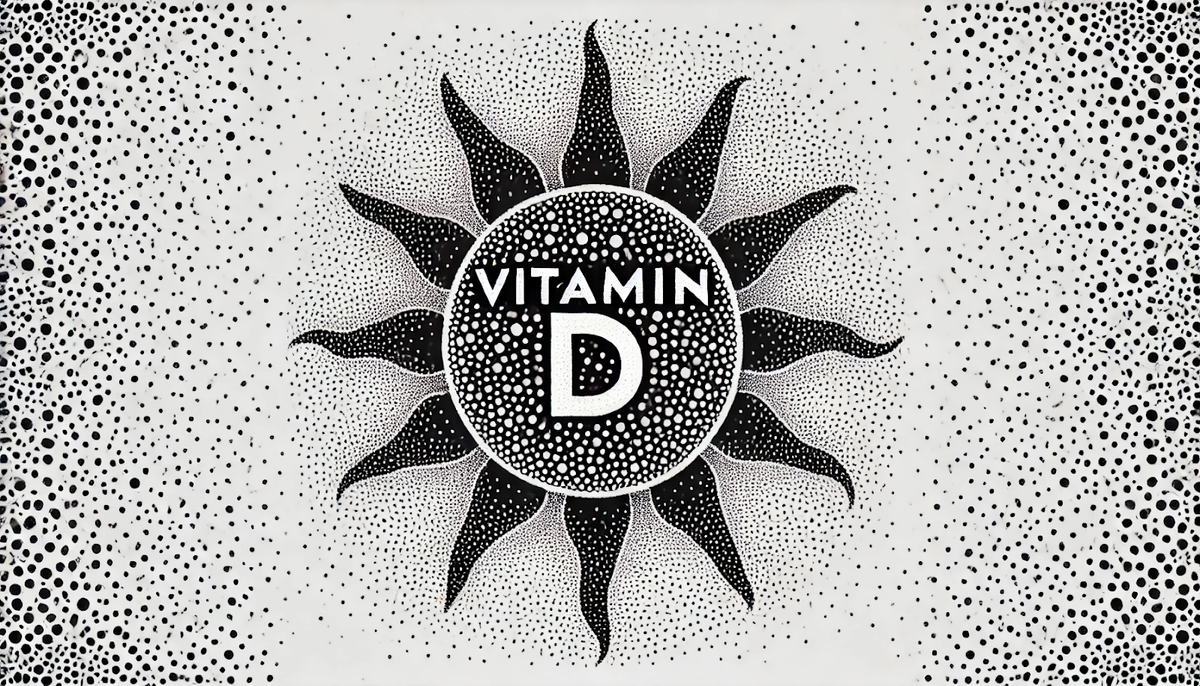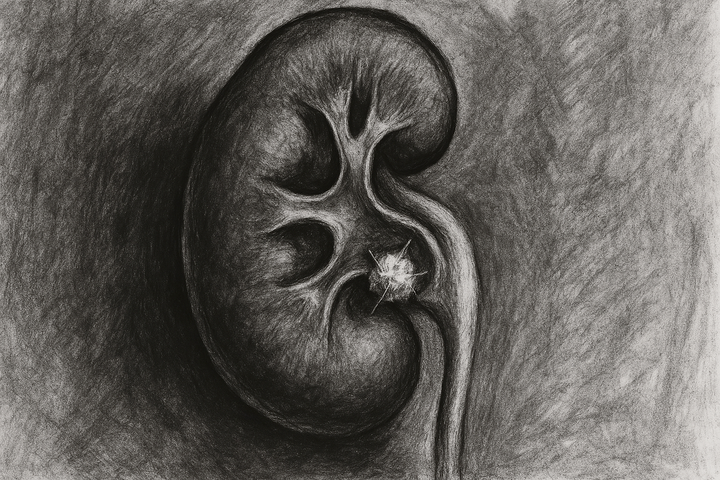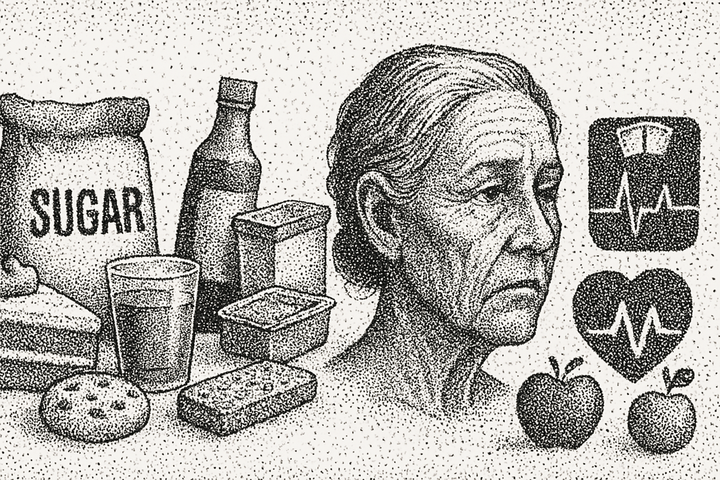Vitamin D: Benefits, Sources, and Why You Might Not Be Getting Enough

Vitamin D, often referred to as the "sunshine vitamin," is a fat-soluble vitamin essential for numerous bodily functions, particularly bone health and immune system support. This comprehensive overview provides a detailed exploration of its definition, optimal forms, physiological roles, benefits, prevalence of deficiency in the American population, and dietary sources, ensuring a thorough understanding for health-conscious readers.
Definition and Forms
Vitamin D is unique among vitamins as it can be synthesized by the body through skin exposure to ultraviolet B (UVB) radiation from sunlight. It is also obtained from dietary sources and supplements. The two primary forms are vitamin D2 (ergocalciferol), derived from plant sources and used in fortified foods, and vitamin D3 (cholecalciferol), produced by the body and found in animal products. Research, such as that from the Office of Dietary Supplements - Vitamin D, suggests that D3 is more effective at raising and maintaining blood levels of 25-hydroxyvitamin D, the marker used to assess vitamin D status, making it the preferred form for supplementation and natural intake.
Optimal Form: Vitamin D3
The evidence leans toward vitamin D3 as the best form due to its higher bioavailability and efficiency in raising serum levels. Studies, including those from The Nutrition Source, indicate that D3 is more readily converted to its active form, calcitriol, in the body. This is particularly important for individuals with limited sun exposure, where supplements become necessary. For vegetarians or vegans, D2 from fortified foods like plant milks and cereals can be an alternative, though it may require higher doses to achieve similar blood levels. However, an important detail is that while D3 is traditionally derived from animal sources like lanolin (from sheep’s wool) or fish oil, there are now plant-based options. Some companies produce vegan D3 supplements using lichen, a plant-like organism that can synthesize D3, and certain fortified plant-based foods may include D3 from these sources, catering to those following plant-based diets.
Physiological Functions
Vitamin D plays a critical role in several bodily processes:
- Bone Health: It enhances intestinal absorption of calcium and phosphorus, crucial for bone mineralization and preventing conditions like rickets in children and osteomalacia in adults, as noted by Vitamin D - NHS.
- Immune System Support: It modulates immune responses, potentially reducing the risk of infections and autoimmune diseases, with research from Vitamin D: Benefits, Sources, Deficiencies suggesting links to lower infection rates.
- Muscle and Nerve Function: Vitamin D supports muscle strength and nerve signaling, which is vital for mobility, especially in older adults.
- Potential Non-Calcemic Roles: Emerging research, such as from What’s the Deal with Vitamin D?, indicates possible roles in mood regulation and reducing the risk of chronic diseases like cardiovascular disease and cancer, though these are still under investigation.
Benefits
The benefits of adequate vitamin D levels are extensive:
- Skeletal Health: It prevents bone loss and fractures, with studies like those from Vitamin D - Mayo Clinic highlighting its role in osteoporosis prevention.
- Immune Function: Enhanced immunity may reduce the severity of illnesses like flu and COVID-19, though evidence is mixed, as per Vitamin D Deficiency: Causes, Symptoms & Treatment.
- Chronic Disease Risk Reduction: Research suggests potential links to lower risks of heart disease, diabetes, and certain cancers, though clinical trials, such as those reviewed in Vitamin D - The Nutrition Source, have not always confirmed causality.
- Mood and Muscle Health: Some studies indicate improved mood and muscle function, particularly beneficial for the elderly, as noted in Vitamin D3 Benefits and Best Uses for Your Health.
Prevalence of Deficiency in Americans
Vitamin D deficiency is a significant public health issue in the US, with data from various studies indicating:
- Approximately 40-50% of adults are deficient, with higher rates among African Americans (up to 82%) and Hispanics (around 63%), as per Prevalence and correlates of vitamin D deficiency in US adults.
- The elderly and those with limited sun exposure, such as housebound individuals, are at higher risk, with statistics from Vitamin D deficiency soars in the U.S., study says showing increased deficiency rates over the decades.
- Contributing factors include inadequate dietary intake, reduced sunlight exposure due to indoor lifestyles, and conditions like obesity that affect absorption, as detailed in HealthMatch - 42% Of Americans Are Deficient In Vitamin D.
Dietary Sources and Content
While sunlight is the primary source, dietary intake is crucial, especially in regions with limited sun exposure. Below is a table of common foods high in vitamin D, with approximate contents based on recent data and calculated using a Daily Value (DV) of 800 IU for adults, as per FDA labeling standards:
An unexpected detail is the potential for mushrooms to provide significant vitamin D if exposed to UV light, offering a plant-based source that can be enhanced through cultivation practices, which is particularly useful for vegetarians and vegans.
Conclusion
Vitamin D is vital for health, with D3 being the preferred form due to better absorption, and plant-based options like lichen-derived D3 catering to vegan needs. Its roles in bone health, immunity, and potentially chronic disease prevention are well-documented, yet deficiency remains prevalent among Americans, necessitating increased dietary and supplemental intake. By incorporating foods like fatty fish, fortified products, and UV-exposed mushrooms, individuals can help meet their needs, especially in regions with limited sunlight.
Key Citations
- Office of Dietary Supplements - Vitamin D overview for health professionals
- The Nutrition Source - Vitamin D information
- Vitamin D - NHS guidelines
- Healthline - Vitamin D benefits and sources
- Mayo Clinic - Vitamin D supplements and health
- Cleveland Clinic - Vitamin D deficiency causes and treatment
- Verywell Health - Vitamin D3 benefits and uses
- Prevalence and correlates of vitamin D deficiency in US adults study
- Scientific American - Vitamin D deficiency in the US article
- HealthMatch - Vitamin D deficiency statistics in Americans
- Verywell Health - Top foods rich in Vitamin D
- WebMD - Foods high in Vitamin D3
- Healthline - 9 foods high in Vitamin D
- Cleveland Clinic - 6 foods high in Vitamin D
- WebMD - Slideshow of foods high in Vitamin D




Comments ()